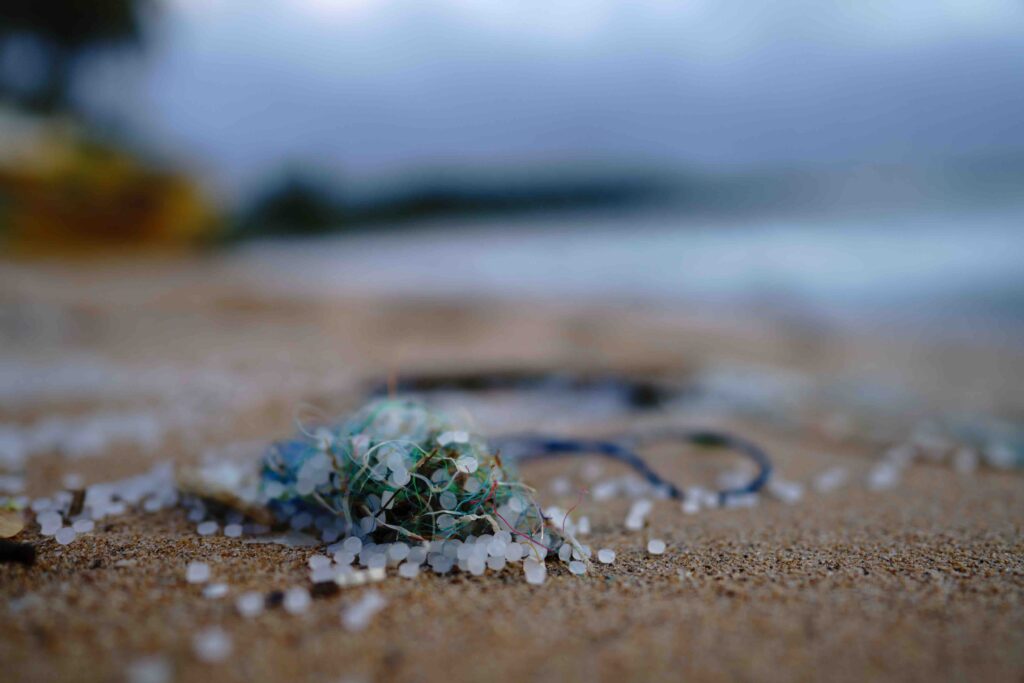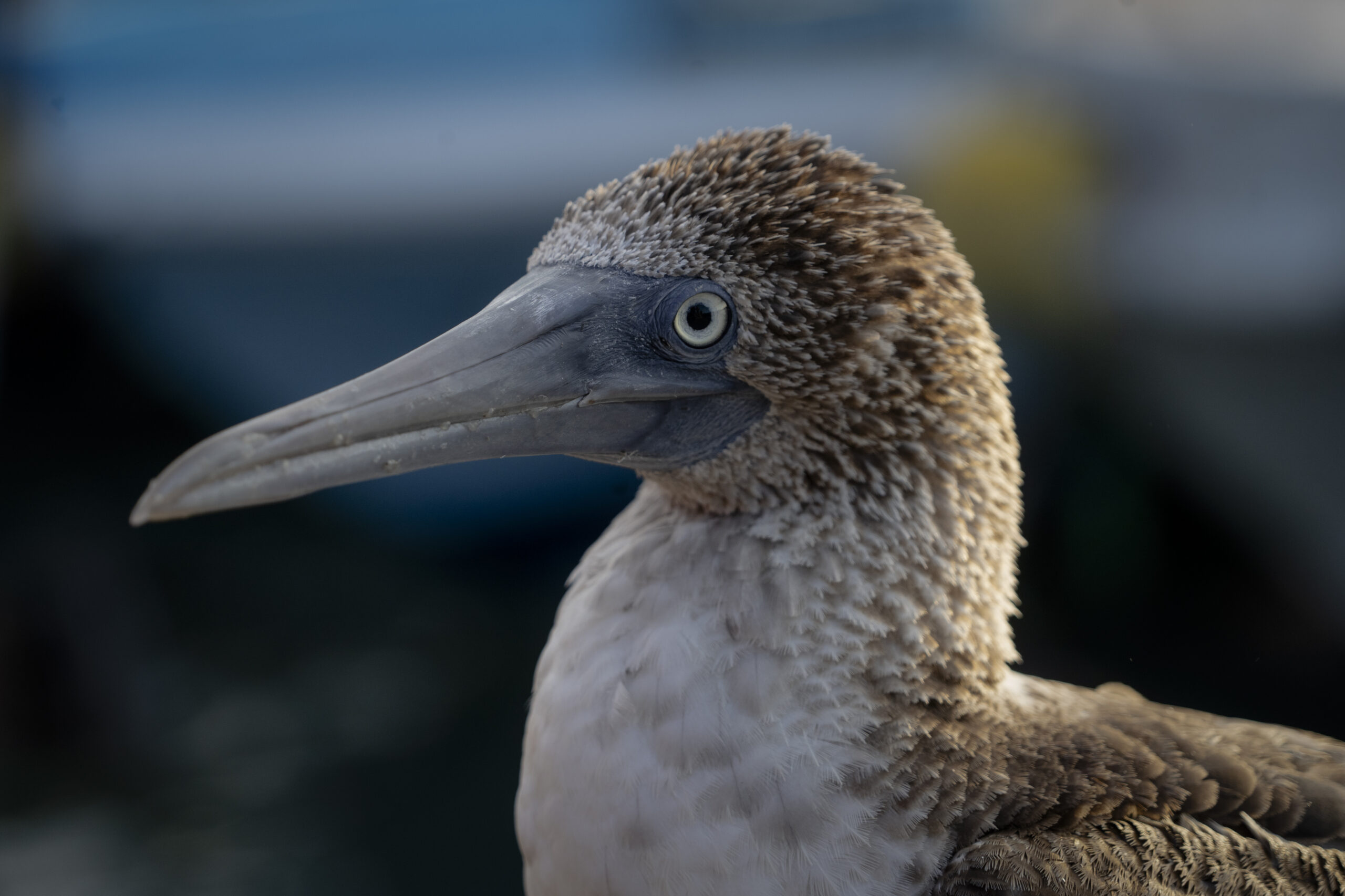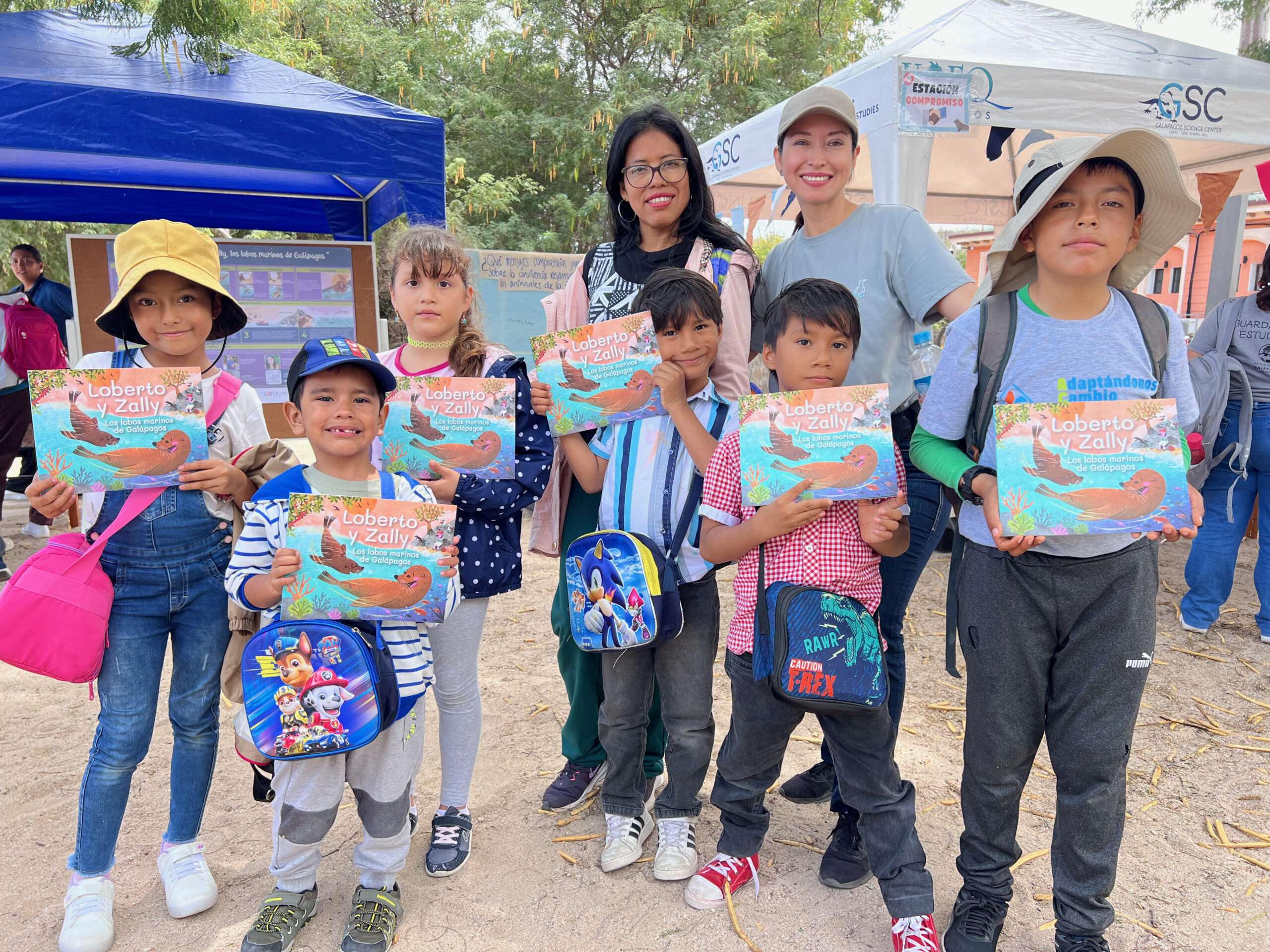Photo by Sören Funk on Unsplash
Abstract
Plastic pollution in the oceans is increasing, yet most global sea surface data is collected using plankton nets which limits our knowledge of the smaller and more bioaccessible size fraction of microplastics (<5 mm). We sampled the biodiverse coastal waters of the Galapagos Island of San Cristobal, comparing two different microplastic sampling methodologies; 1 l whole seawater grab samples filtered to 1.2 μm and sea surface plankton tows with a net mesh size of 200 μm. Our data reveal high concentrations of microplastics in Galapagos coastal waters surrounding the urban area, averaging 11.5 ± 1.48 particles l−1, with a four-order of magnitude increase in microplastic abundance observed using grab sampling compared with 200 μm plankton nets. This increase was greater when including anthropogenic cellulose particles, averaging 19.8 ± 1.86 particles l−1. Microplastic and anthropogenic cellulose particles smaller than 200 μm comprised 44 % of the particles from grab samples, suggesting previous estimates of microplastic pollution based on plankton nets likely miss and therefore underestimate these smaller particles. The particle characteristics and distribution of these smaller particles points strongly to a local input of cellulosic fibres in addition to the microplastic particles transported longer distances via the Humbolt current found across the surface seawater of the Galapagos. Improving our understanding of particle characteristics and distributions to highlight likely local sources will facilitate the development of local mitigation and management plans to reduce the input and impacts of microplastics to marine species, not just in the Galapagos but globally.
Read the article in the link: doi.org/10.1016/j.scitotenv.2024.171428






